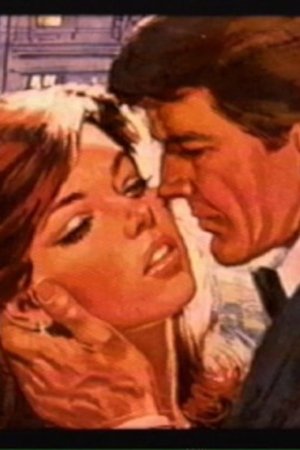
The Morphology of Desire
5min

Director
In The Morphology of Desire, Robert Arnold digitally morphs romance novel illustrations into one another to create the illusion of cinematic motion. Using covers from 1960s and 1970s romance novels he has collected, Arnold constructs a lascivious vignette that explores how gender and desire are portrayed in popular culture. According to Arnold, the narrative is “about a couple representing a popular culture romantic ideal, caught at an ambiguous point of either turning to face their desire or turning away from it, never able to fully escape from it or fully realize it.”